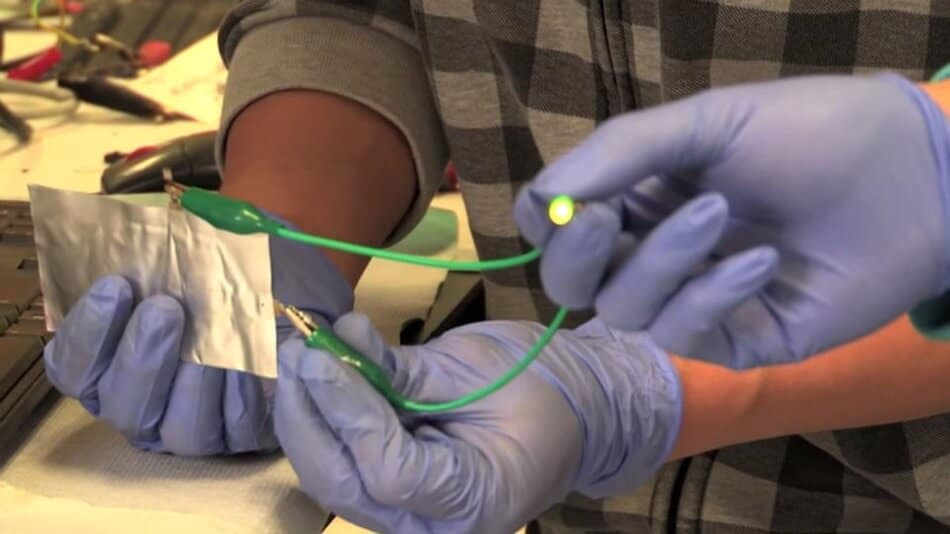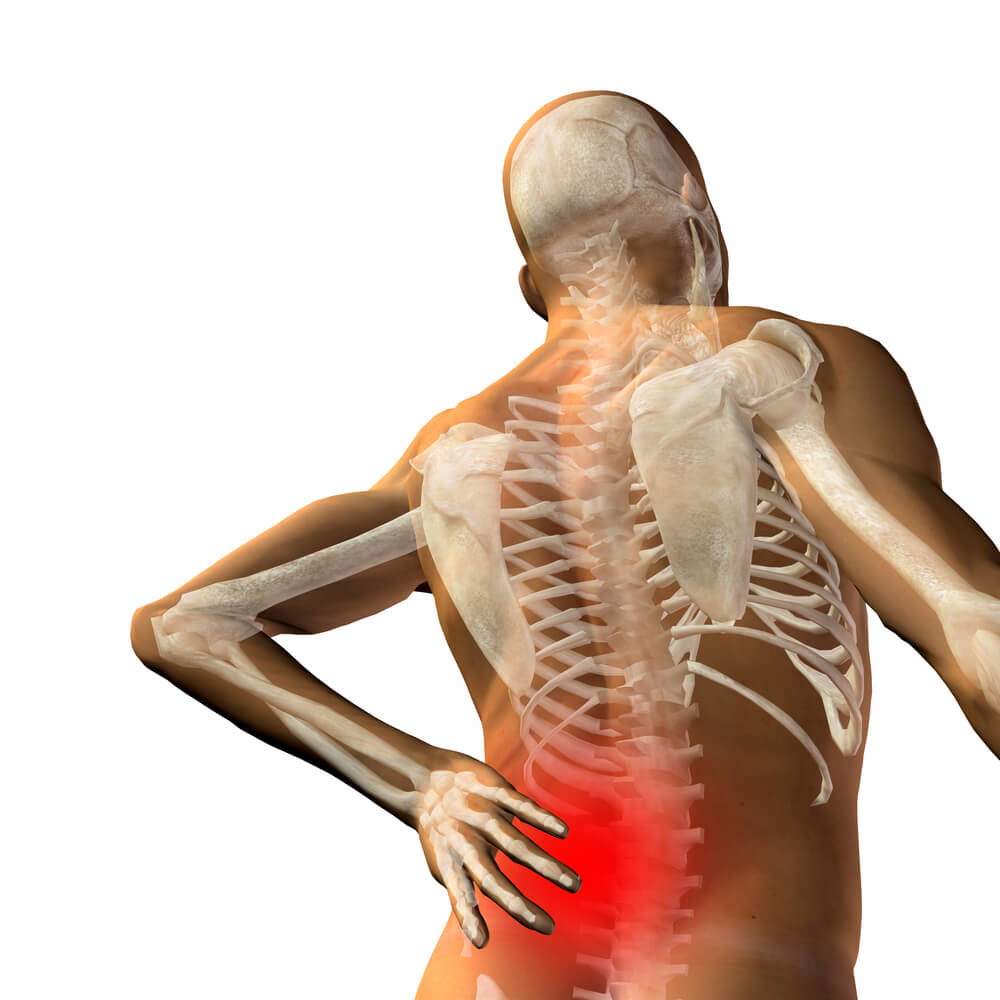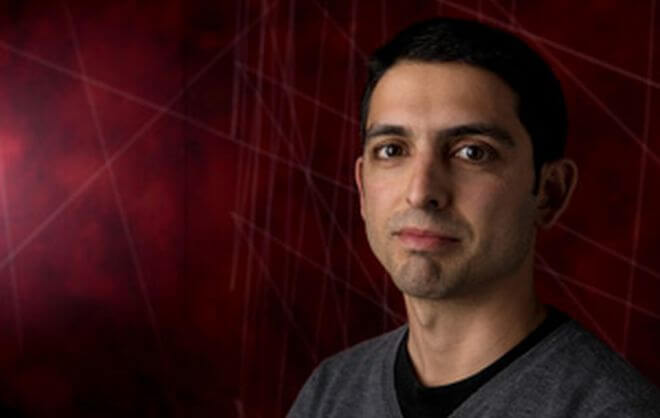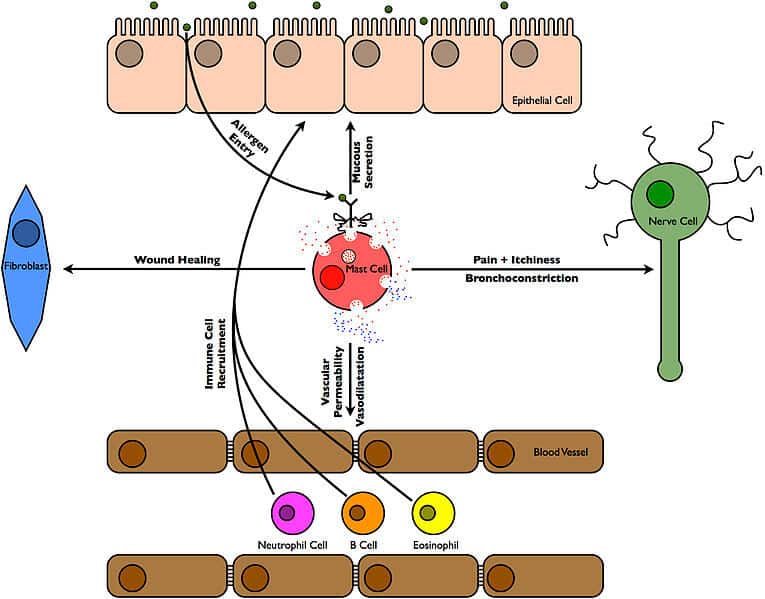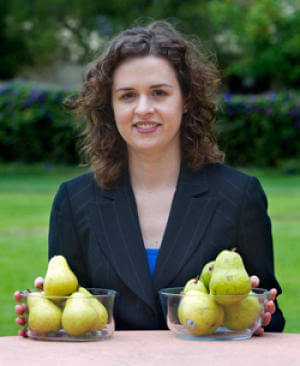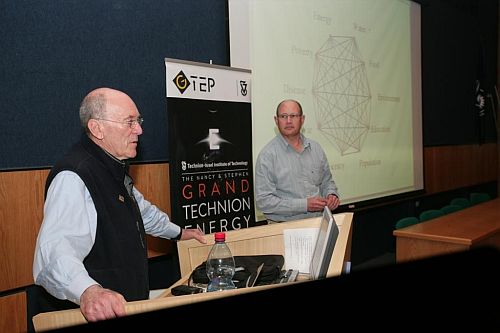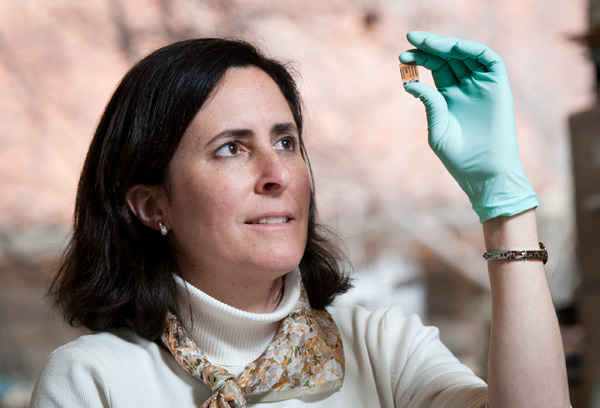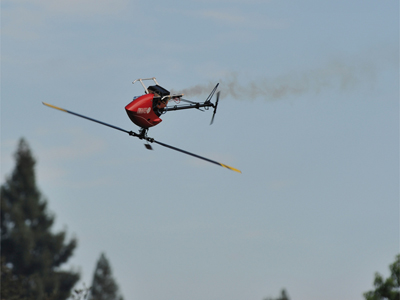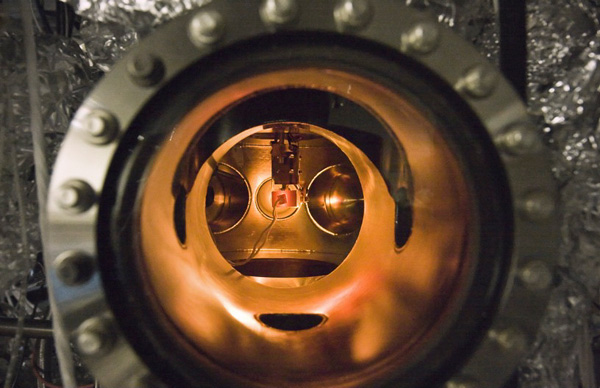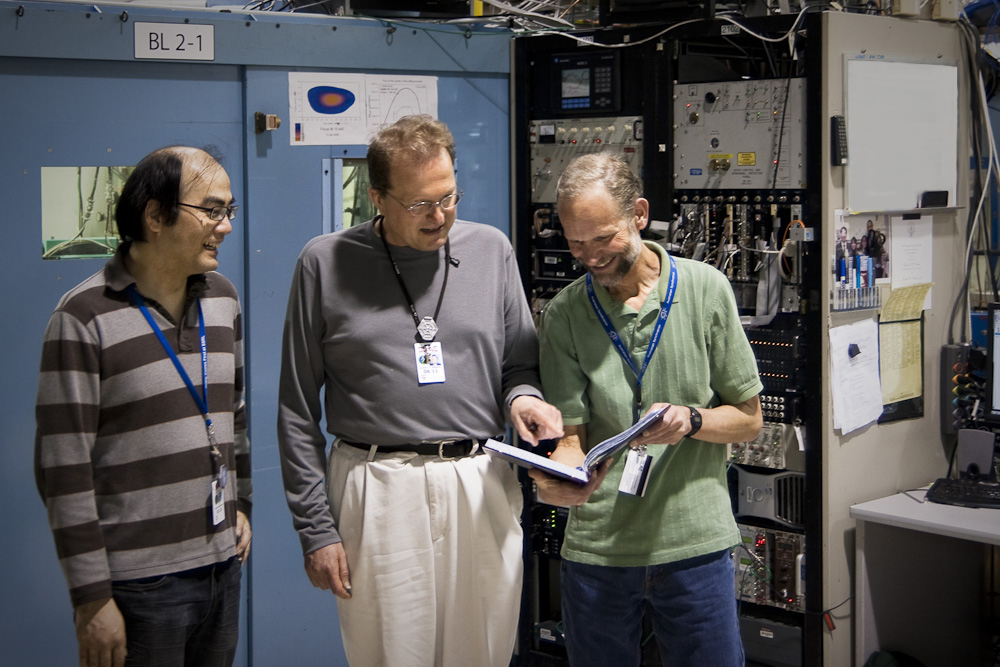Hayadan > Stanford University
Stanford University
- The science service
- August 21, 2016
- One response
- Avi Blizovsky
- September 30, 2015
- 3 תגובות
- Dr. Moshe Nahamani
- June 26, 2015
- 3 תגובות
- Dr. Moshe Nahamani
- April 14, 2015
- 12 תגובות
- Itai Nebo, editor of the Davidson Institute website
- February 21, 2014
- 8 תגובות
- Yael Petar website opli.co.il
- April 2, 2013
- 3 תגובות
- Dr. Moshe Nahamani
- December 9, 2012
- One response
- Avi Blizovsky
- September 5, 2012
- 27 תגובות
- Dr. Moshe Nahamani
- December 1, 2011
- 8 תגובות
- Avi Blizovsky
- April 6, 2011
- 20 תגובות
- Dr. Moshe Nahamani
- February 28, 2011
- 14 תגובות
- Galileo - The Science Magazine
- August 30, 2010
- 5 תגובות
- Dr. Moshe Nahamani
- August 13, 2010
- 24 תגובות
- Dr. Moshe Nahamani
- May 5, 2010
- 2 תגובות
- Dr.Roey Tsezana
- September 6, 2008
- 7 תגובות

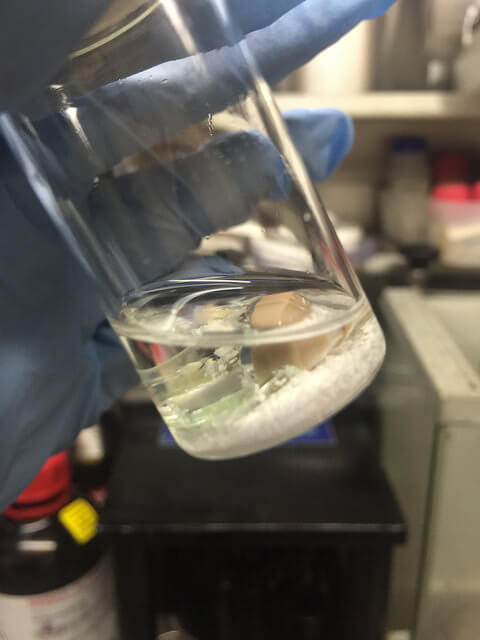

![Engineers from Stanford University have developed a computer based on water droplets that acts like a clock. [Courtesy: Stanford University]](https://www.hayadan.org.il/images/content3/2015/06/stanford-computer-on-water.jpg)
